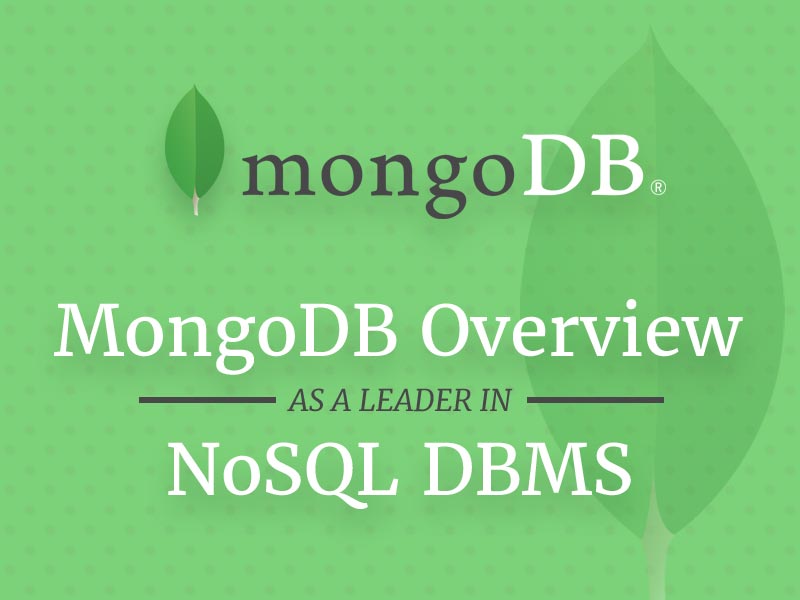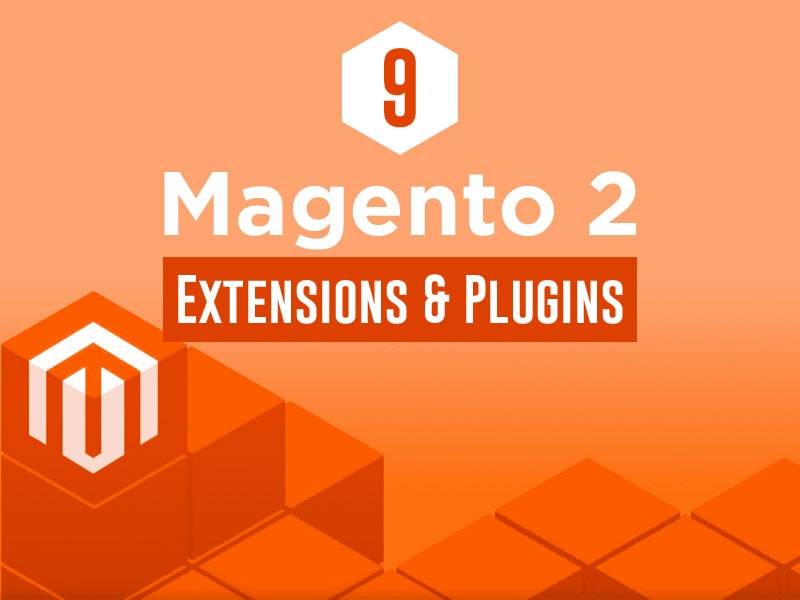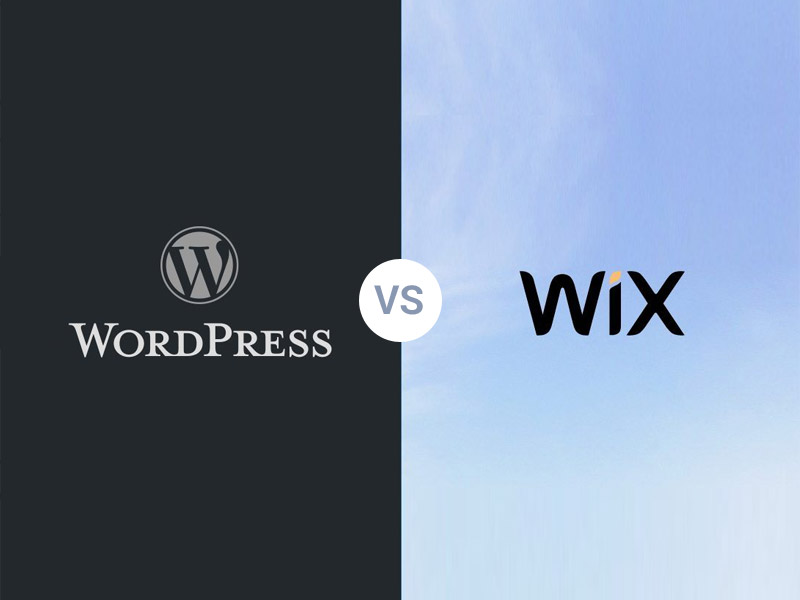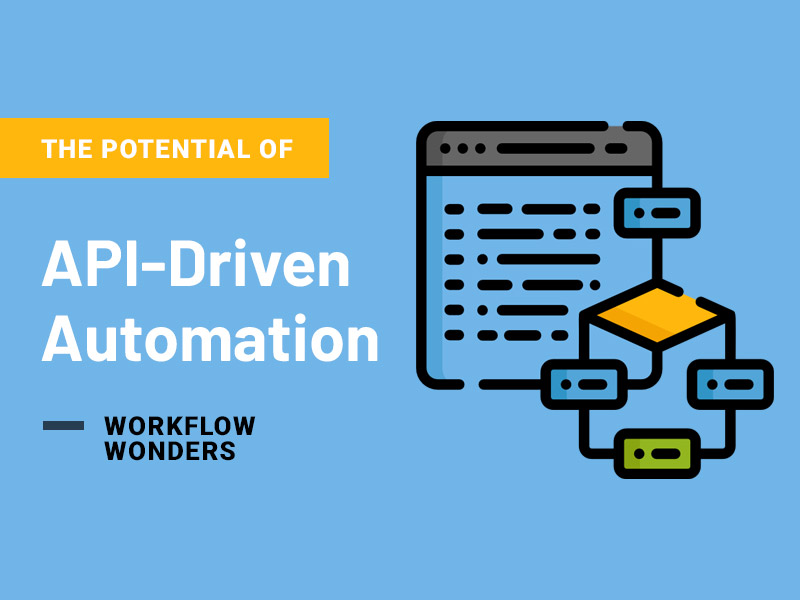As we know, the modern-day applications need to handle an ever-increasing level of variety and complexity, sources, velocity, and volume of data keep on growing, and it becomes difficult for the conventional databases to handle it. This paved the way to a new genre of advanced databases, which are known as NoSQL in order to meet the requirements of modern Big Data applications.
At the forefront of NoSQL databases is MongoDB, which is a very flexible and strong open-source database, which lets you implement a data management system that can be deployed quickly, easily, and at a fraction of the cost of previous relational databases.
MongoDB is a DBMS which is custom-designed to run on all modern applications and support any volume of structured as well as unstructured data. It can also meet the need to support data which is rapidly changing and from various random sources.
What is MongoDB?

MongoDB is a leading NoSQL database, which is primarily an open-source solution in enterprise document storage. NoSQL makes it easier for enterprises to build high-performing business applications which can ensure scalability, high performance, and anytime availability. Moreover, MongoDB can also support various data types. The data model of MongoDB is document-based, which will let the developers store any data and combine it without sacrificing index functionality or data access. This further enables the DBAs to modify the data schema and avoid any downtime.
Using MongoDB DBMS, one can:
- Leverage more opportunities to create a single and user-friendly enterprise-wide data view.
- Quickly iterate the application to incorporate all types of data instantly.
- MongoDB possess excellent scalability, high-end performance, and anytime availability.
- Benefit from advanced features making the relational databases a great query language, which is expressive, strong, consistent, and with high-end secondary indexes.
For all these reasons, MongoDB has lately got the admiration as the Database Management System of the Year in 2018 by the DB-Engines. This was by beating the most prominent traditional relative database management system of MySQL.
Features of MongoDB

The latest version of MongoDB is 3.2, which was released in 2015 came up with many features, and one of the tops is the storage engines becoming pluggable. As specified by RemoteDBA.com, this is a kind of in-memory engine for storage, which enables in-memory data maintenance, which can be used ideally for testing purposes but not very much idea for the production environment. This in-memory storage engine can be easily set up with no data maintained on the disk, and so there is no clean-up needed in between two test runs. Adding to it, there is an add-on WiredTiger storage engine that delivers concurrency at the document level and compression features at the default storage engine of MongoDB. With the latest MongoDB version, encryption is available for WiredTiger storage in the Enterprise edition of MongoDB.
Latest 3.2 MongoDB also delivers a much-improved version of text search. It has a cluster configuration too, which is shared. MongoDB also features the ability for document validation during inserts and updates. Its partial index ability enables the DBAs to create filters which will further reduce index size and, in many cases, offer significant performance enhancements. Some other highlights of MongoDB include:
- Live data streaming analytics
- Integration to industry relevant BI
- Connectivity to conventional SQL querying tools
- Easy schema discovery
- Data visualization capabilities, and
- It also processes increased availability and improved performance
The primary components of the package are
1. mongod, which is the core process of the database,
2. mongos, which is the controller as well as the router for query and sharded clusters, as well as
3. An Interactive Shell for MongoDB which issues the commands.
There are also multiple tools coming packed with MongoDB DBMS for data export and diagnostic measures. Ops Manager is a tool which comes packed with the Enterprise Advanced MongoDB version, which is used to monitor, provision, scale, and backup. Cloud Manager tool offers a MongoDB which is cloud-managed, for getting more information on this, you can use MongoDB Architecture Guide, which can be downloaded from the website.
There are excellent database drivers also to connect the applications to the database in MongoDB. There are about twelve drivers supported and nearly thirty community drivers which are designed to go with any programming language which the developers are comfortable with.
Open source and premium editions
As we discussed, MongoDB comes with both open sources as well as commercial editions. Premium MongoDB Enterprise version comes with Advanced subscription of MongoDB, which has better security features, administration tools, premium support, and also personalized training which are not available with basic edition.
Supported OS and data type
MongoDB is a very flexible DMBS, which supports many Linux distributions, Windows, Apple OS, Oracle Solaris etc. Cloud implementation is also possible with MongoDB Atlas. In MongoDB, data is stored in the forms of BSON documents, which is another representation of JSON, i.e., JavaScript Object Notation. BSON extends the encoding of JSON in order to cover more data types, including int, long point, ad floating. BSON contains multiple fields containing a specific value, which includes arrays, sub-documents, and binary data.
Pricing of MongoDB
As we have seen above, MongoDB is licensed as both open source and also commercially. For the open source variant, you can get it under the AGPL open license and the drivers licensed under Apache Software License. Those who run MongoDB under AGPL license may also purchase the production support for it on the monthly contract of an annual basis.
The Production Support and Enterprise Advanced are sold by the MongoDB provider and partners, which are priced based on the specifications of the physical servers, which is configured with about 512 GB memory. Atlas pricing is based on the customer region and also based on the storage and memory requirements.
There is also development support offered by MongoDB, which are available 10 developers at the maximum with unlimited servers for a period of six months. The package includes any time technical support and also some additional tools of MongoDB and instant access to the Enterprise Server of MongoDB and the Ops Manager.
There is no doubt that MongoDB will come up as one of the top-player in enterprise database management in the coming years. So, for database administrators, it is essential to learn how to deal with it in order to work in a NoSQL or hybrid database management environment.







